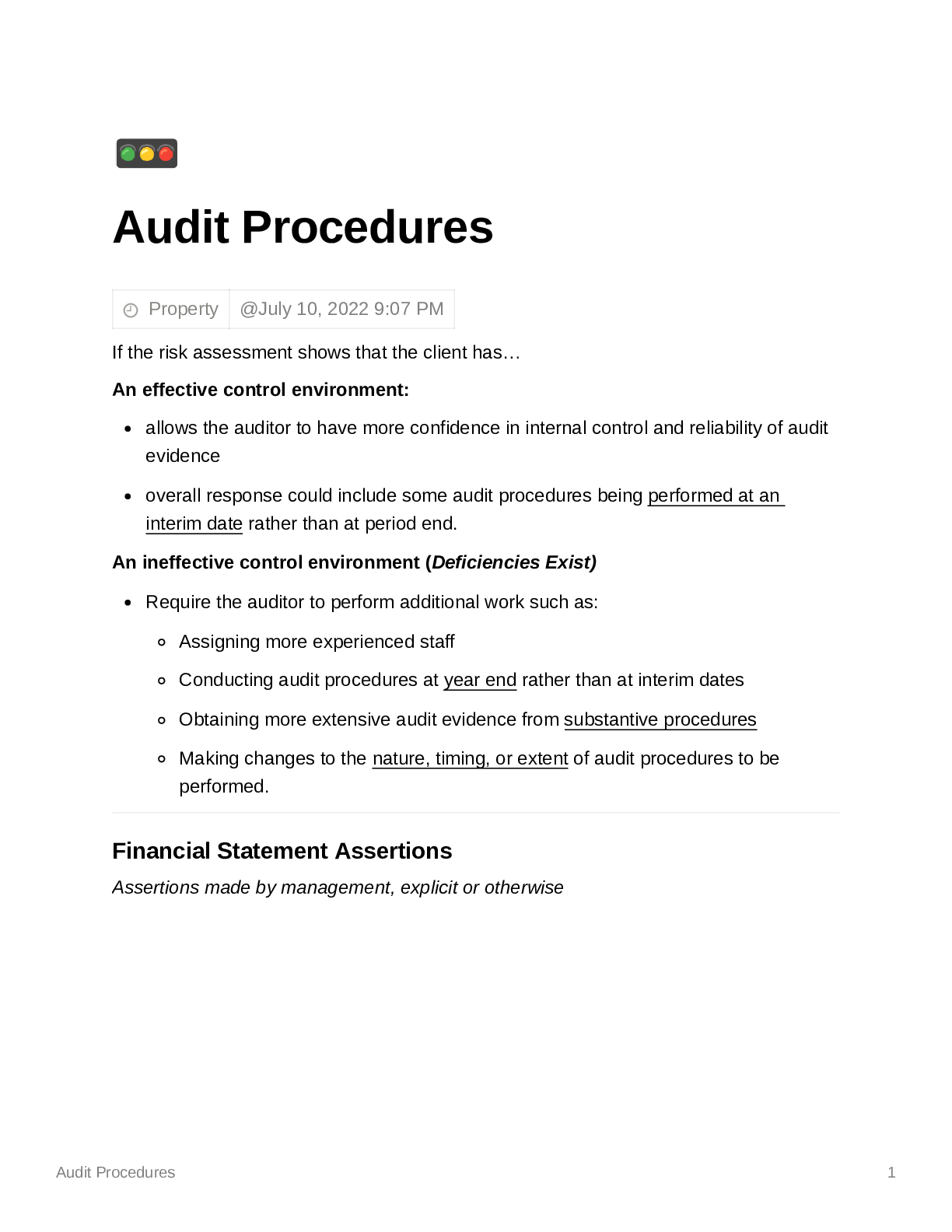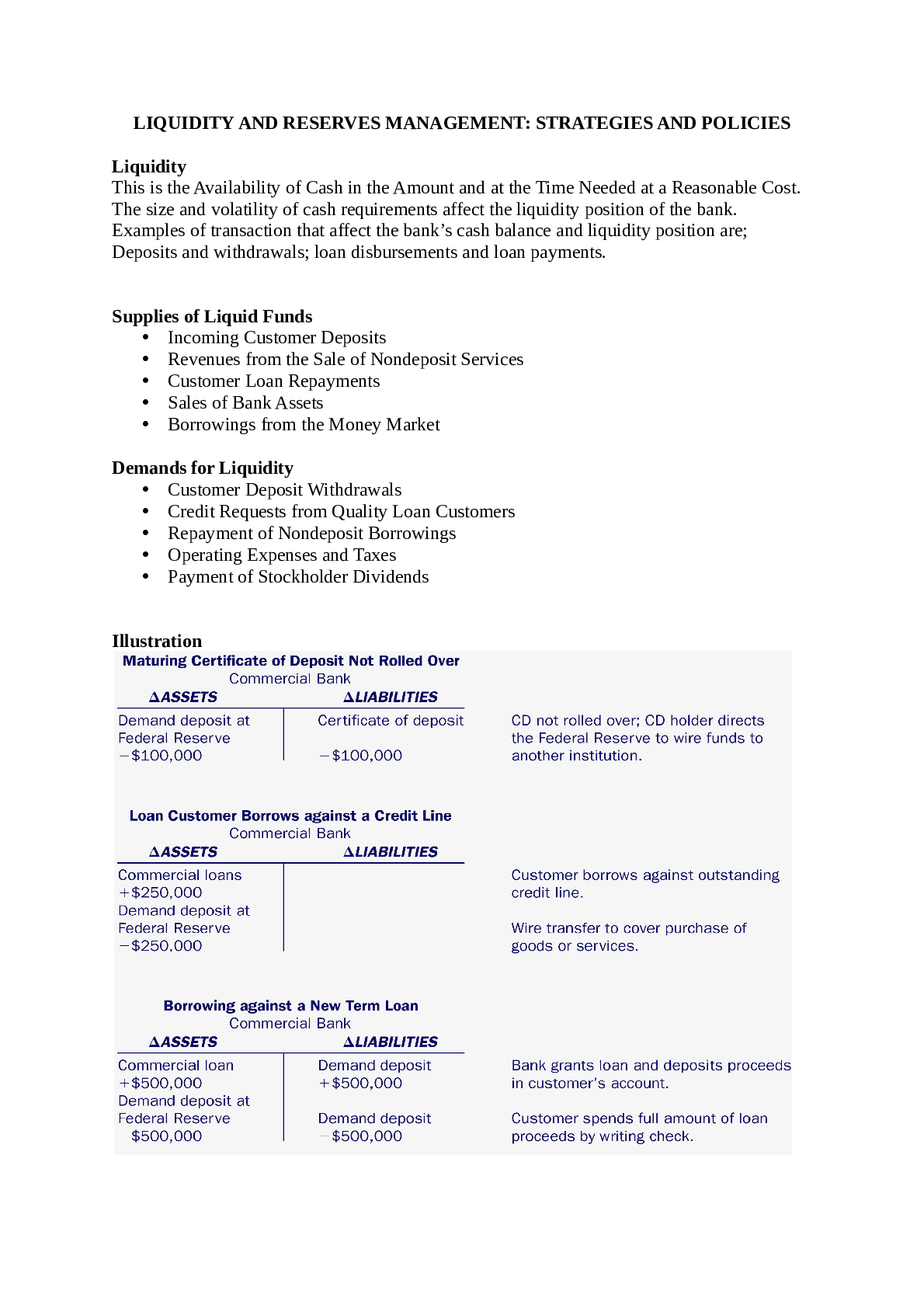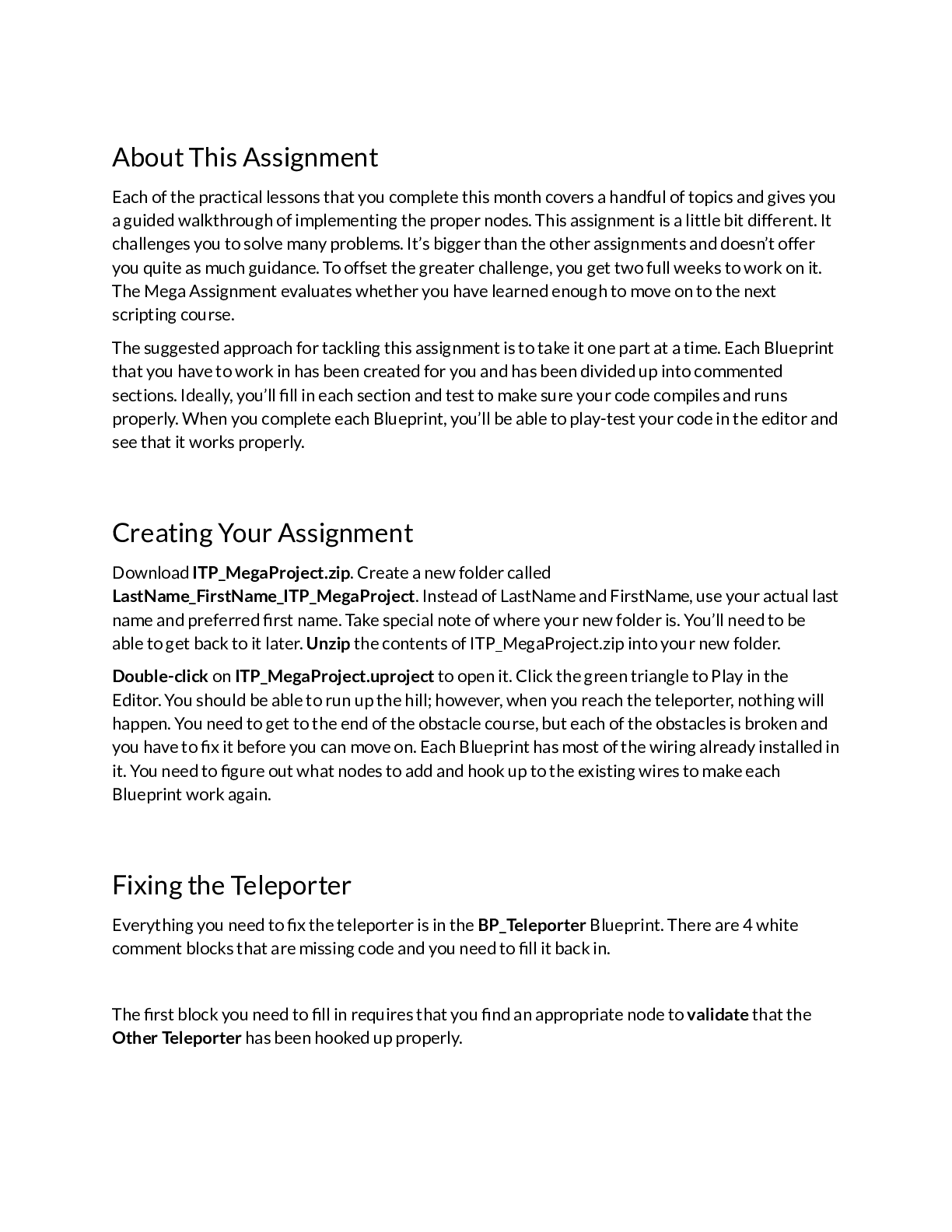Economics > Research Paper > Report > Porter's Five Forces Analysis of the App-Based Taxi Industry Metropolitan State University (All)
Report > Porter's Five Forces Analysis of the App-Based Taxi Industry Metropolitan State University Of Denver_ MBA 604, D1: Managerial Economics
Document Content and Description Below
Abstract The following document consists of Uber's background, a summary of Porter's Five Forces analysis, and an appendix.Porter’s Five Forces Analysis: The App-Based Taxi Industry Muralidharan 3... Background Uber Technology Inc. was founded in 2009 by Travis Kalanick and Garrett Camp. As of 2017, the company had more than fifty million users, seven million registered drivers, and an average of one million daily Uber trips (Singla, n.d.) To cater to a variety of passengers, Uber offers different types of cab models. UberX, Comfort, UberXL, Uber Pet in the economy range, and Luxury Black under the premium range. Uber also incorporates surge pricing technology into their business model. According to Singla, "Whenever the demand increases, per mile prices, are automatically increased. The new price depends on the number of available drivers and the number of requests made by people who want to travel" (Singla, n.d.). Porter's Five Forces Porter's five forces include internal rivalry, entry, substitute and complementary product, supplier power, and buyer power (David Besanko, 2016). An analysis is included below: Rivalry The industry experiences high levels of rivalry from traditional taxis to other app-based services. With Lyft being its biggest rival, they are attempting to gain market share as well as drivers. To prevent raising passenger costs, Uber should consider lowering its running costs. The Threat of New Entrants There is a high threat of new entrants entering the market, as there are no entry barriers. Since Uber uses an app for its service offerings, its interface and concept can be copied by competitors and new entrants and modified to their liking and offered at lower prices. Substitute Product The industry observes a high threat of substitute products. Some of Uber's competitors include the following: Lyft, Curb, Didi Chuxing, Grab, and Ola (Johnson, 2017). Passengers canPorter’s Five Forces Analysis: The App-Based Taxi Industry Muralidharan 4 utilize public transportation modes, such as taxis, busses or subways, or other app-based services like Lyft if there is a slight increase in Uber's service fees. Supplier Power Uber does not have designated vehicles for driver/passenger use. The company depends on the drivers owning cars. The car must have four doors, be less than ten years old, and pass a rigorous inspection conducted by a city-approved individual (Driver requirements). Therefore, the drivers are the suppliers, and they can negotiate, which directly affects the company's overall performance. [Show More]
Last updated: 2 years ago
Preview 1 out of 10 pages

Buy this document to get the full access instantly
Instant Download Access after purchase
Buy NowInstant download
We Accept:

Reviews( 0 )
$4.00
Can't find what you want? Try our AI powered Search
Document information
Connected school, study & course
About the document
Uploaded On
Jan 18, 2023
Number of pages
10
Written in
Additional information
This document has been written for:
Uploaded
Jan 18, 2023
Downloads
0
Views
98

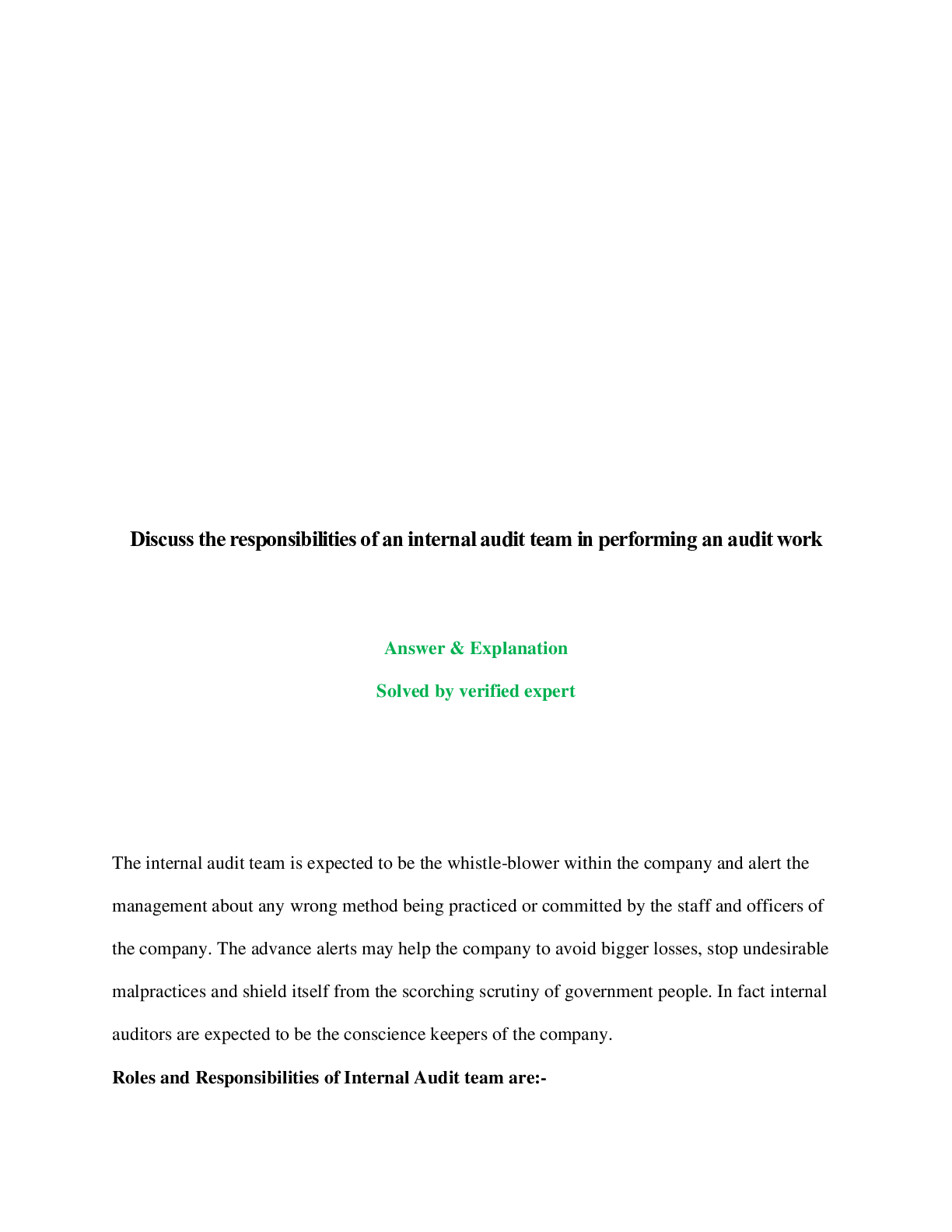
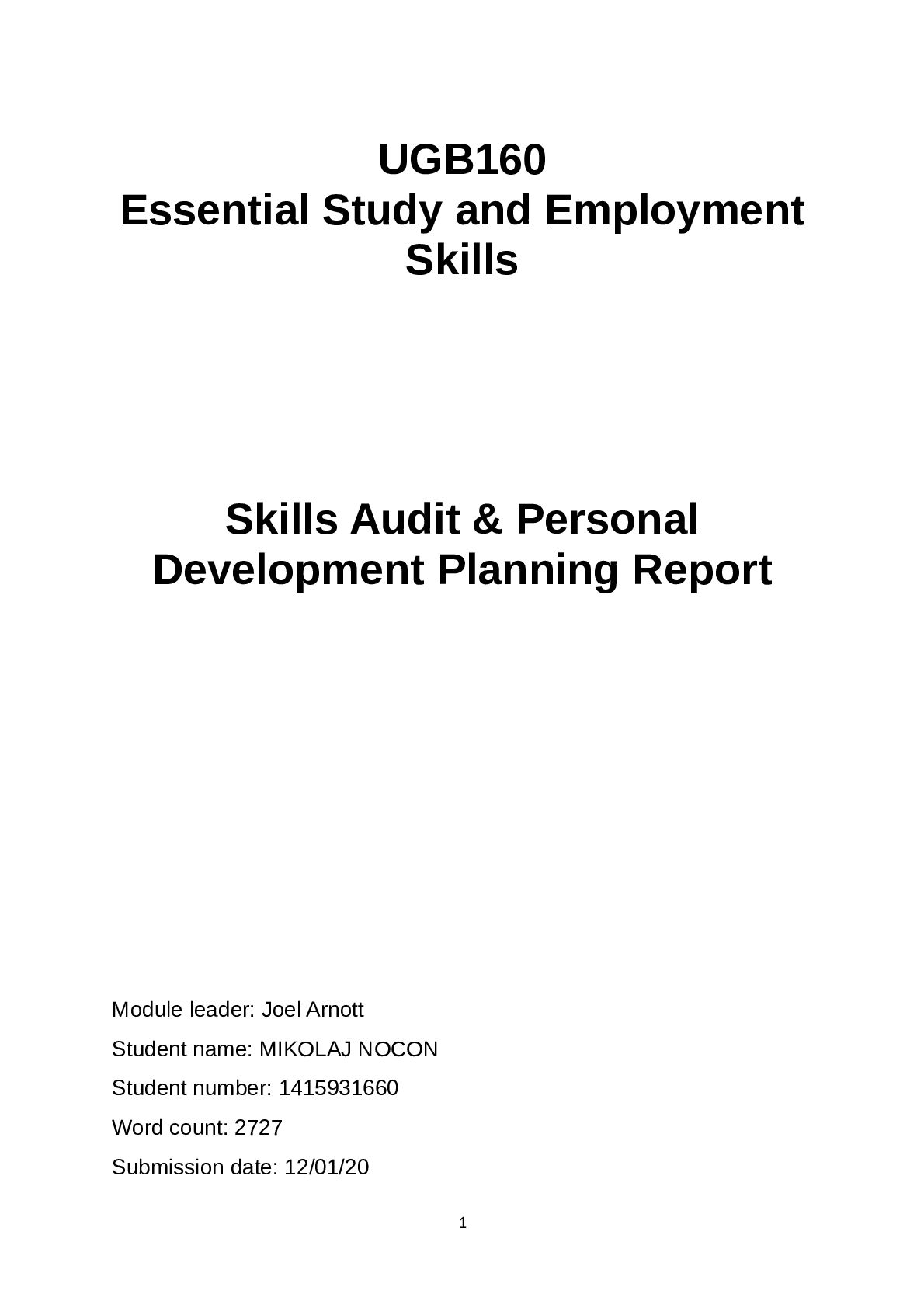


dfdfefe.png)



